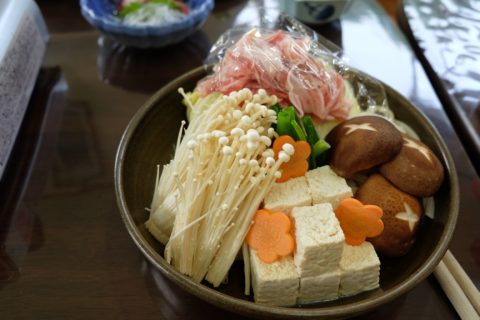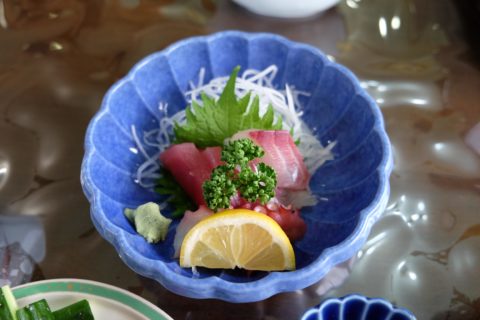03 Aug 20
The Wonderful Health Benefits of Japanese Food
Not only is Japanese food delicious but it is extremely good for you as well. The food is a real highlight of our trips to Japan and something clients often mention in their feedback to Raw Travel. The Japanese have the lowest rates of obesity in the world with only 3.6 percent of the population having a BMI over 30 (the international standard for obesity). The World Health Organisation in 2015 ranked the Japanese as having the longest life expectancy in the world.
Traditional Japanese dietary habits are considered to be extremely healthy plus the Japanese are known to also be physically active. Walking is part of their daily life! The Japanese have amongst the lowest rates of osteoporosis, coronary heart disease and some cancers in the world. Here are some of the things we love about Japanese food:
Portion control
In Japan, your food is served using many separate plates and bowls instead of using one big plate. These allow you to taste many new flavour sensations and discourages overeating. The multiple pretty little dishes and plates are a feast for the eyes and the Japanese celebrate the beauty of food. The Japanese are known to savour every bite which means eating less as it allows your brain time to realise you are full.
Lunch boxes
Bento boxes are a single portion takeout meal which are very popular in Japan. They are a healthy, delicious and convenient way to enjoy a healthy lunch on the go in Japan. Bento boxes are enjoyed by Japanese workers, families on day trips, student at school and tourists alike. A typical bento box will include a combination of carbohydrates, proteins, vegetables and even some fruit. You will often find ingredients such as rice, onigiri rice balls, meat, fish, cooked egg such as tamago, various kinds of vegetables, pickled vegetables, bamboo shoots, tofu and other delicious taste sensations. These bento boxes are also enjoyed along the Kumano Kodo on your trekking days.
Nutritional balance
The Japanese diet is known for its healthy balance. They believe in consuming more protein because of the health benefits. They eat a lot of fish as they believe it lowers the risk of having a heart attack and comparatively to the western diet, they eat less red meat as it’s considered unhealthy. The Japanese also believe that eating great quality fish in its freshest form is the key to healthy skin!
Soy is another product that features heavily in the Japanese diet which is good for the cardiovascular system and a good source of protein.
The Japanese diet also features buckwheat which is a popular health food in many countries. It is high in minerals, gluten free and high in anti-oxidents. Green tea is a common accompaniment to your meals in Japan as it fights off the unhealthy elements in the body and it offers these health benefits whether served hot or cold.
It is also a diet that is high in fermented foods which are known to boost the immune system and ease digestive problems by adding various kinds of beneficial flora to the digestive system. Their cuisine naturally contains some wonderful ingredients which are lower in calories and higher in nutrients. Shokuji o o tanoshimi kudasai – enjoy your food!
Umeboshi
Umeboshi or “Japanese pickled plums” have both a dramatic flavour and many health benefits. The Japanese regard the umeboshi plum as one of the best preventative medicines available. The Umeboshi plum is known to have a powerful alkalizing effect on the body, stimulate digestion, help with fatigue and promote the elimination of toxins from within the body. The Kii Peninsula (home of our Kumano Kodo trek) is well known for the popularity of umeboshi plums. There is even a festival called Ume Hanami from mid February to early March which celebrates Ume blossom viewing.
Fresh ingredients
The Japanese also believe in using the freshest ingredients from the most local source. You will also see these philosophies featured in local cuisines such as Obanzai cuisine found in Kyoto. Obanzai is the traditional home style cooking of Kyoto using local produce which is in season. For the freshest sashimi, head to the Nishiki food market in Kyoto where your fishmonger will slice you fresh tuna caught that morning – it doesn’t get any better than this! The guest houses along the Kumano Kodo trail are wonderful places to sample the traditional countryside cuisine, from both the mountains and the sea.



